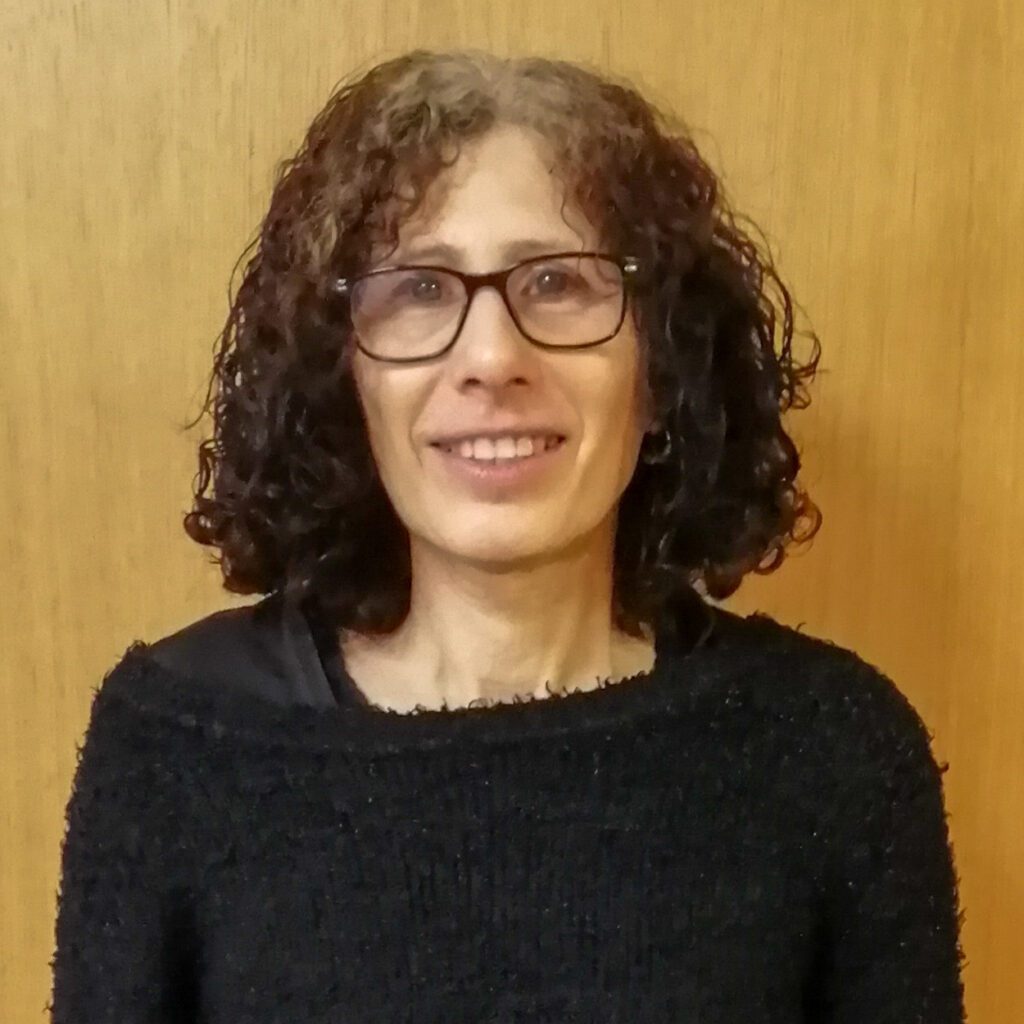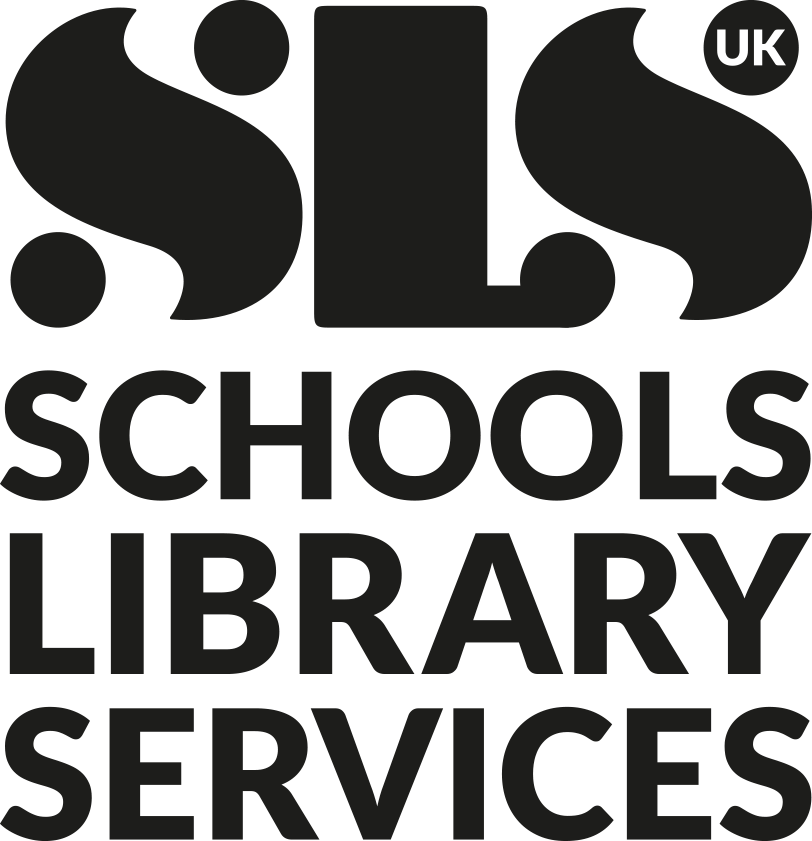Subject: How a chatbot can help teachers save time and support their students
Focus: An introduction to ChatGPT in the classroom
Synopsis: ChatGPT, powered by artificial intelligence, is a chatbot which takes human-computer interaction to a whole new level. It was released for public use in early December and grew to over 1 million users in 5 days. The system responds to human input in an incredibly sophisticated way. You can type in a request and ChatGPT produces a response within seconds. Users can ask it questions ranging from simple factual queries “What is the tallest mountain in Britain?” to absurd requests “Write a limerick explaining the offside rule” and receive clear and coherent responses written in natural English.
Note: GPT stands for Generative Pre-trained Transformer – software that uses deep learning algorithms to analyse and develop text.

Nina Simon
Redbridge SLS
Librarian’s view:
Until a few weeks ago I’d never heard of ChatGPT writes Nina Simon from Redbridge SLS. My daughter loves the chatbot and uses it for work as an editor. She says it saves her so much time. It definitely looks set to revolutionise teachers’ lesson planning, as well as quickly generating learning tasks and questions. It will also be useful for students in their research, which raises a big red flag about the risk of plagiarism. As ChatGPT can provide convincing human-sounding answers, it could spark a wave of cheating in homework and coursework.
The bot’s makers, San Francisco-based OpenAI, are very aware of this and are trying to counter the risk by watermarking the bot’s output and making plagiarism easier to spot. But, at the moment, all the ChatGPT copy is newly generated, so it’s not plagiarised.

Let’s Talk about ChatGPT

ChatGPT can save a huge amount of time for teachers who are looking for inspiration for lessons. It can produce written plans as well as automating repetitive tasks and providing personalised support for students. I tested it out by asking some questions and here are the results…
Q. What is ChatGPT?
ChatGPT is a language model developed by OpenAI. It uses machine learning to generate human-like text based on the input it receives.
Q. How can chatGPT help teachers?
ChatGPT can help teachers in several ways:
- by generating personalised and engaging lesson plans and activities for students
- by creating quizzes and assessments to test student understanding
- by providing students with immediate feedback and guidance on their work
- by summarising and explaining complex topics in an easy-to-understand way
- by assisting in grading and providing constructive feedback on student work
- by creating educational content such as flashcards and study guides
- by simulating a conversation with a language learner and helping them to practice their speaking and listening skills.

Q. Plan a series of lessons for Year 3 on dreams and goals
Lesson 1: Introduction to Dreams and Goals
- Introduce the concept of dreams and goals to the students and ask them to share their own personal dreams and goals.
- Have the students brainstorm a list of things they would like to achieve in the future and discuss why they are important to them.
Lesson 2: Setting and Achieving Goals
- Discuss the importance of setting realistic and specific goals.
- Have the students create their own personal goal and develop a plan to achieve it.
Lesson 3: Overcoming Obstacles
- Discuss the challenges that can arise when trying to achieve goals and brainstorm ways to overcome them.
- Have the students come up with a plan to overcome a challenge they may face in achieving their personal goal.
Lesson 4: The Power of Positive Thinking
- Introduce the concept of positive thinking and its impact on achieving goals.
- Have the students practice positive thinking techniques and reflect on how it affects their attitude and motivation towards achieving their personal goal.
Lesson 5: Review and Reflection
- Review the concepts covered in the previous lessons and have the students reflect on what they have learned.
- Have the students share their progress on their personal goal and discuss ways to continue working towards it.

Q. Plan a series of lessons for Year 6 on the impact of global trade on local farmers. Produce active learning tasks and questions
Lesson 1: Introduction to Global Trade
- Begin by explaining the concept of global trade and its importance in the world economy.
- Show examples of goods that are traded globally and discuss how they are transported from one place to another.
- Active learning task: Have students work in groups to research and present a product that is traded globally and its journey from the point of origin to the point of consumption.
Lesson 2: The Impact of Global Trade on Local Farmers
- Discuss how global trade can have both positive and negative impacts on local farmers.
- Use examples to illustrate the effects of global trade on the prices of agricultural products, the livelihoods of farmers, and the environment.
- Active learning task: Have students work in groups to research and present a case study of a local farming community that has been affected by global trade.
Lesson 3: Fair Trade and Sustainable Agriculture
- Explain the concept of fair trade and its importance in ensuring that farmers are paid a fair price for their products.
- Discuss sustainable agriculture and its role in protecting the environment and preserving the livelihoods of farmers.
- Active learning task: Have students work in groups to research and present a fair trade or sustainable agriculture initiative.
Lesson 4: The Role of Governments in Regulating Global Trade
- Discuss the role of governments in regulating global trade and protecting the interests of local farmers.
- Use examples to illustrate how different countries have implemented policies to support local agriculture and protect farmers from the negative impacts of global trade.
- Active learning task: Have students work in groups to research and present a policy or initiative implemented by a government to support local agriculture and protect farmers from the negative impacts of global trade.
Lesson 5: Conclusion and Assessment
- Review the key concepts and information covered throughout the series of lessons.
- Assessment:
- What are the key drivers of global trade?
- What are the positive and negative impacts of global trade on local farmers?
- What is fair trade and sustainable agriculture?
- How do governments regulate global trade to support local farmers?
- What are some examples of fair trade or sustainable agriculture initiatives?

Q. What are the limitations of ChatGPT for teachers?
ChatGPT has several limitations when it comes to being used by teachers. Some of the main limitations include:
Lack of domain expertise: ChatGPT is a general-purpose language model, so it may not have the specialised knowledge that a teacher in a specific subject area would have.
Lack of context: ChatGPT can provide answers based on the input it receives, but it may not have access to additional information or context that a teacher would have in a classroom setting.
Lack of personalisation: ChatGPT can provide generic answers but it cannot provide personalised feedback, as it cannot take into account the student’s unique learning style and needs.
Lack of creativity: ChatGPT can provide answers based on the information it has been trained on, but it may not be able to come up with creative or original ideas like a human teacher can.
Ethical concerns: ChatGPT is a machine-based model and it cannot replace human interaction and emotional support.
Note from Nina Simon: There are other limitations that I have found, including high demand during the day, slowing down responses and of course the risk of students using it to copy and paste chunks of work rather than writing in their own words.
Q: What’s next in the AI world?
At present we are on GPT3, soon GPT4 will be released and the aim is to integrate it into other apps such as WhatsApp, Twitter and Facebook.
Resources Highlighted:
- Also see the blog post on 5 ways ChatGPT can help primary school teachers
https://www.marcrhayes.com/post/5-ways-chatgpt-can-help-primary-teachers - YouTube video – an Introduction to AI and ChatGPT for Teachers
3. Try it out for yourself – https://chat.openai.com/chat

